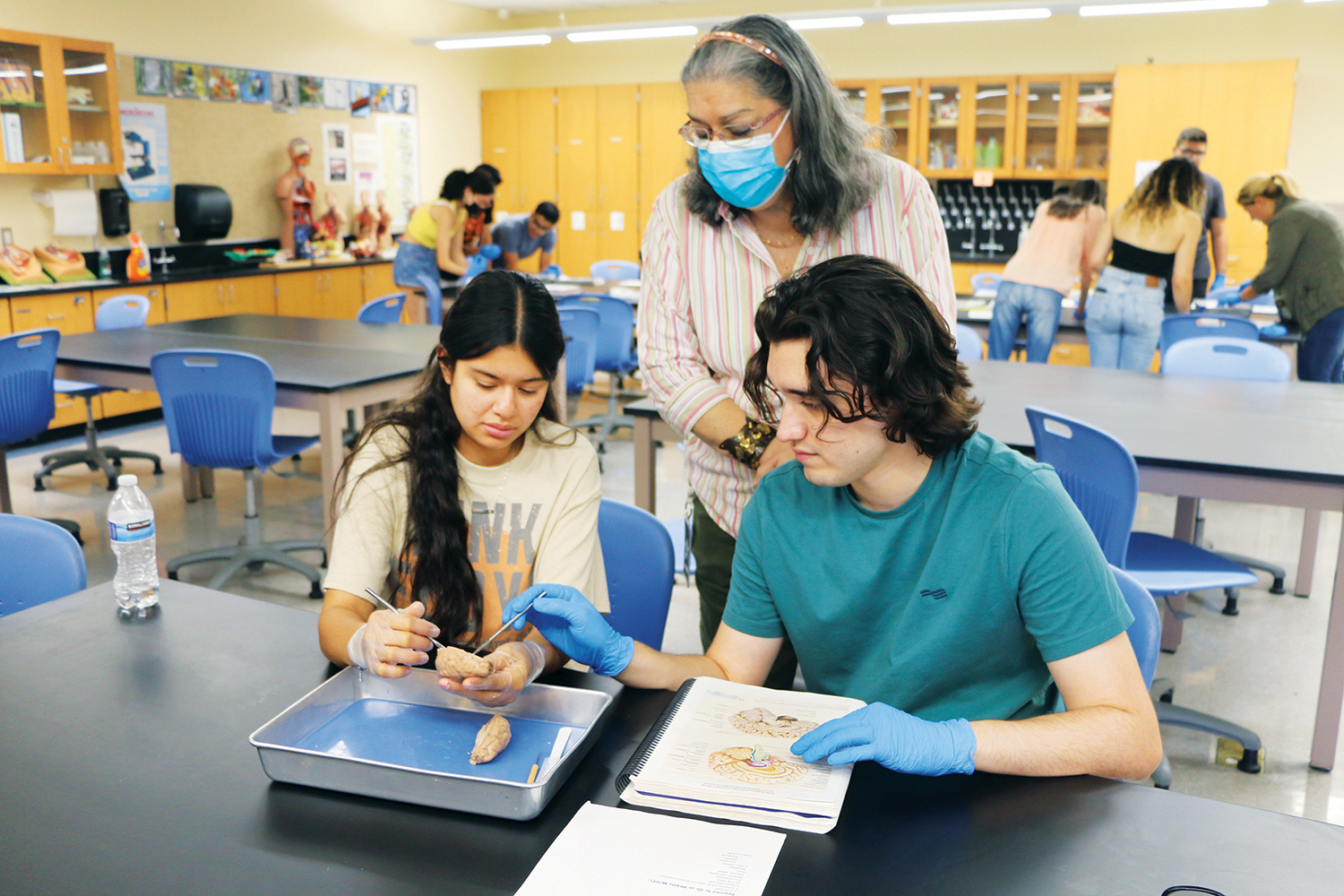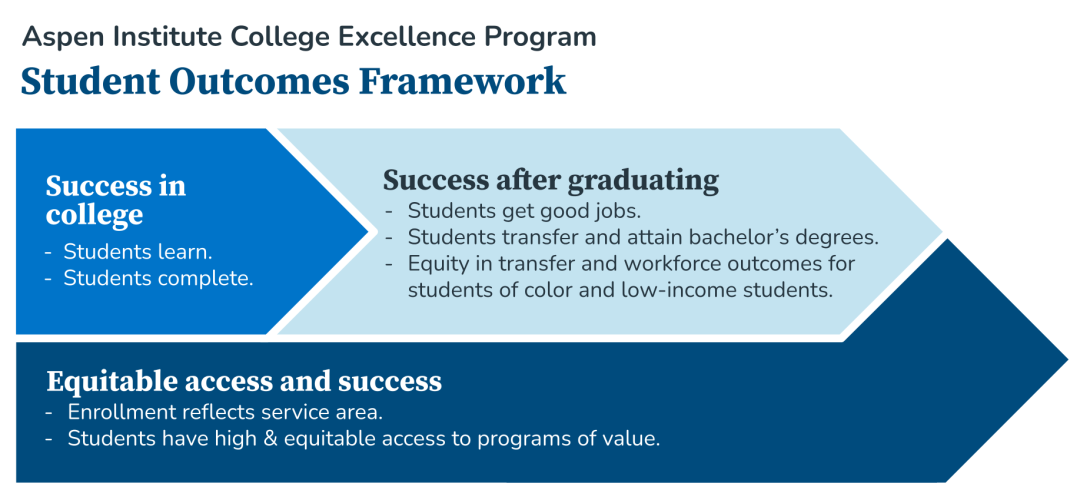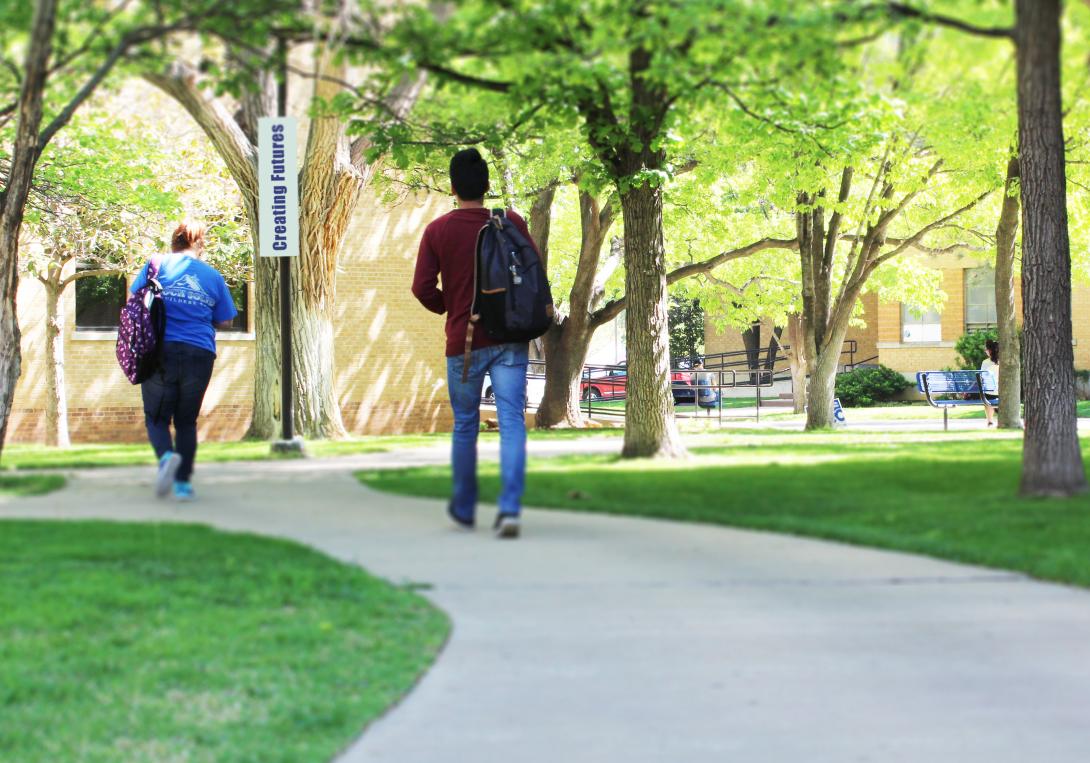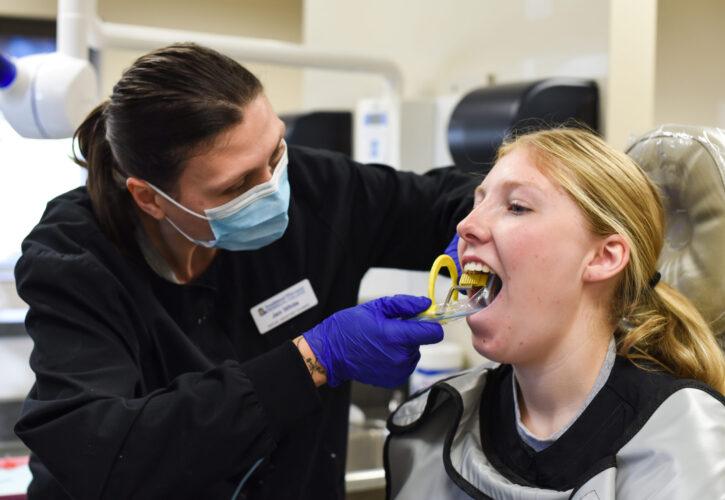
Aspen Prize Exemplars: Student Success in College
Blog Post
In order for community colleges to fulfill their mission of providing economic mobility for individuals and talent development for society, they must provide quality teaching and learning experiences, and they must ensure students complete their programs. The best community colleges understand that students enroll in order to secure a good job or transfer to a four-year university, and they do everything possible to match their courses, advising, and tutoring practices to those goals.
Student success in college is a key component of how we at the Aspen Institute evaluate how well colleges are serving their students and communities. Equitable access and success, student success while in college, and student success after graduation—all three elements are necessary to make an excellent college.
As we reflect on what we learned in the 2023 Aspen Prize process, we want to highlight how the ten finalists exemplify these three components, in the hopes that other colleges can draw inspiration and ideas from them. Here: student success in college.

Imperial Valley College and Amarillo College, the two winners of the 2023 Aspen Prize, support student success via robust tutoring and scheduling based around student needs. At Amarillo, when college data revealed that most students who fail to complete a course struggle most around the halfway point in a 16-week semester, the college shifted to eight-week terms. In the 25 percent or so of classes that voluntarily moved to an eight-week schedule, there was a 12 percent bump in completion rates. Likewise, tutoring at Amarillo is data-driven and student-centered. Any student taking a course essential for graduation (including math and English) who scores below a faculty-determined cutoff on an exam is referred to mandatory tutoring. Tutoring center hours—informed by data on student needs—run til 8pm six days a week and later during crunch times. Advising is also key. Student-advisor ratios have been cut from 900:1 to below 500:1, and advisors specialize in a specific set of majors and career pathways. The college uses attendance as an early indicator of student difficulties, and absences trigger notifications to advisors to reach out and offer help.

At Imperial Valley (pictured in the header image), students create educational plans that guide their entry to college and lay a path to completion. Onboarding for new students includes creating a first-semester plan, which 80 percent of students complete (many dual enrollment students complete this in high school). In their first semester at Imperial Valley, students work with counselors to develop a full education plan. This plan shows the path not just through an associate degree, but to a specific, valuable bachelor’s degree or direct entry to a career. After several years of effort, 60 percent of Imperial Valley students now complete these plans.
Robust tutoring helps ensure students remain on these plans. Tutors are embedded in nearly 100 classes, an investment the college decided to fully fund in the budget after a grant-funded pilot found that success rates rose an average of 10 to 15 percentage points in classes with embedded tutors. The college has achieved some of the fastest-growing completion rates in the country.
How do excellent colleges determine if their offerings meet the needs of students and their region? Southwest Wisconsin Technical College, a Prize finalist, has a system of robust and regular program assessments. Assessment is part of the rhythm and culture of the college. The college ensures the relevancy of what it offers through an annual analysis of employer need and labor market data, which helps leaders decide what new programs to add, which programs to expand, and which to close because of low wages or lack of available jobs. Annually, every program undergoes an instructional vitality assessment that includes analysis of learning outcomes, course completion rates, and enrollment and retention rates. Classroom education is assessed too: Every semester, faculty members identify where students are failing to meet learning outcomes and course level goals and make plans to improve. A semester later, they assess how effective those improvements were.

The results are impressive: SWTC has a completion rate 17 percentage points above the national average. Five years after completion, students who attain an associate degree or one-year certificate have earnings that far exceed the average for new hires in the region.
These colleges demonstrate that high-quality programs and support—coupled with continuous assessment and improvement—lead to student success in college. These focused efforts set students up for success after college and a better chance of achieving the dream that inspired them to enroll.
